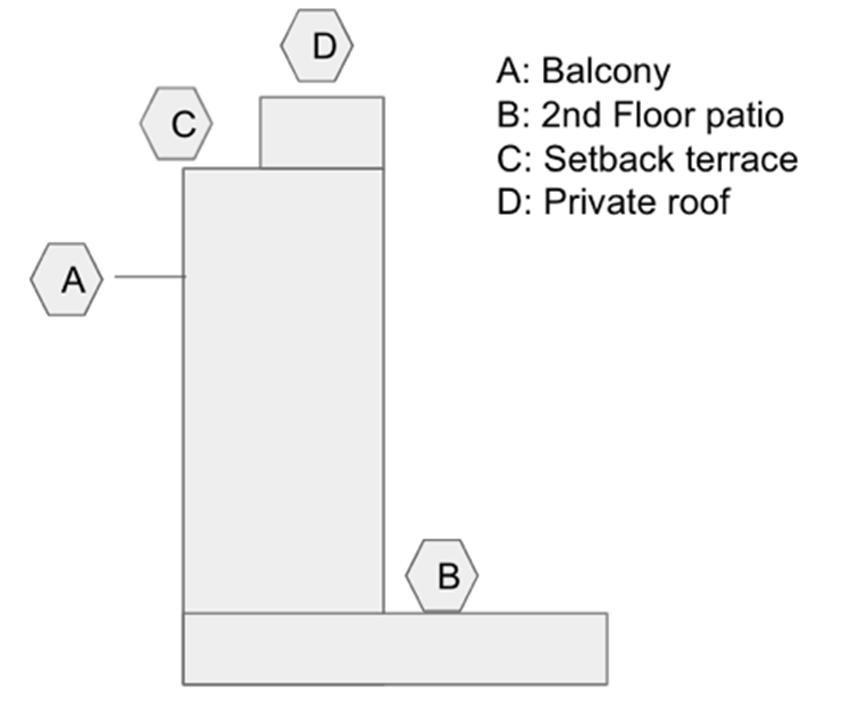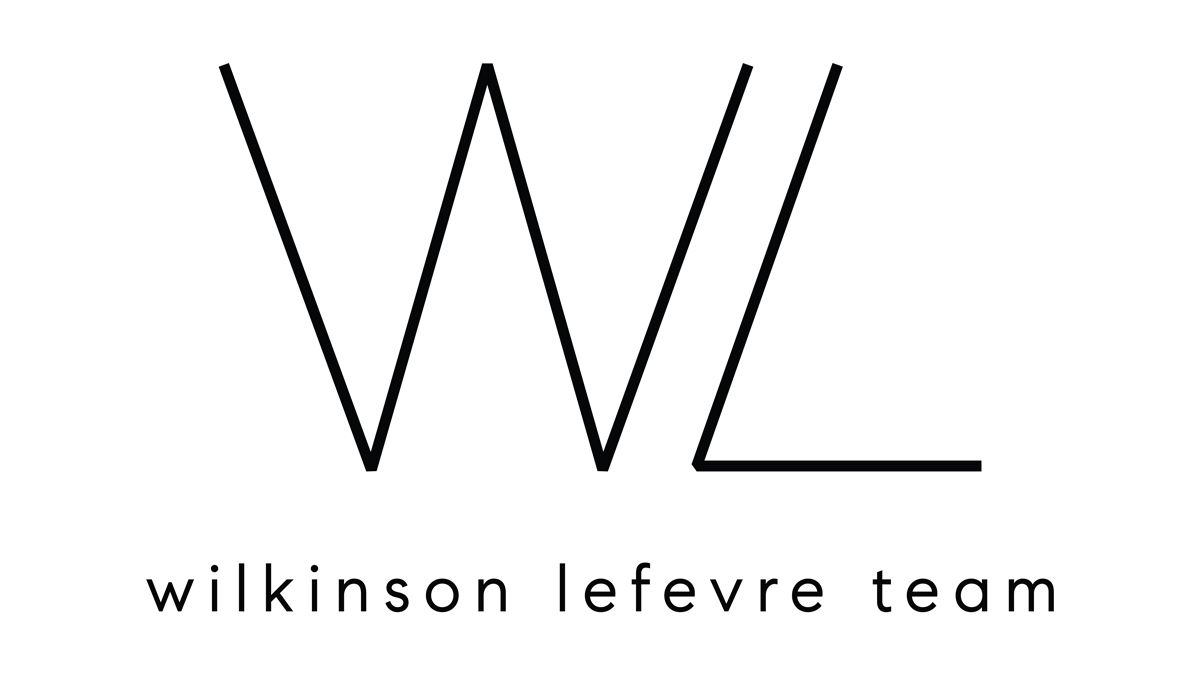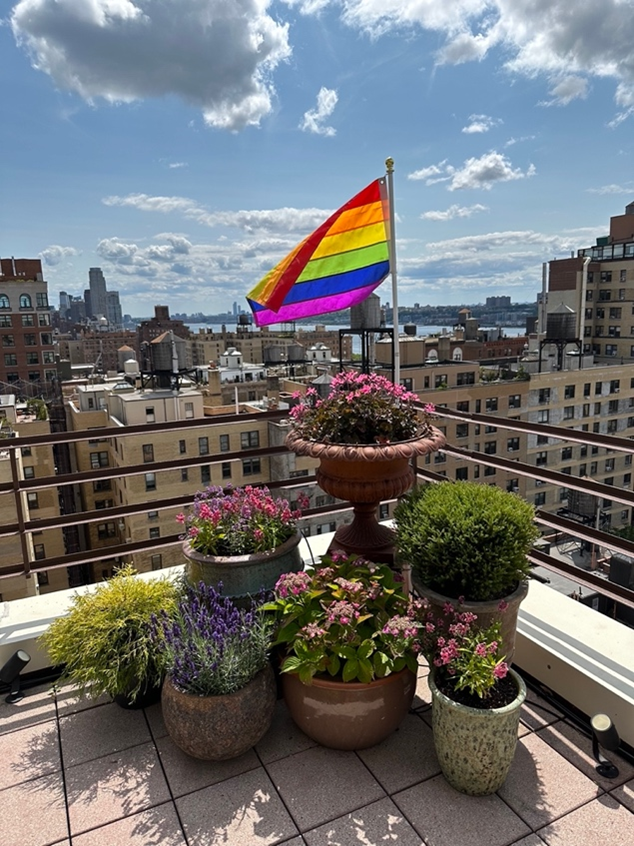@jswarpcore
When it comes to New York City real estate, outdoor space isn’t just a luxury – it’s a valuable asset. But how do you determine its true value? The value of outdoor space varies based on its size, type, and layout. Let’s delve into this topic.
Distinguishing Outdoor Space from Indoor Space
To begin, it’s important to recognize that outdoor space holds a different value compared to indoor space. While lounging on a terrace might be delightful in the tropics, the cold New York winters deter such activities in January, February, and even December.
As a rule of thumb, outdoor space is generally valued at 25% to 50% of the worth of indoor space. This means that while outdoor space undoubtedly enhances a property’s value, it can’t be directly equated to indoor square footage.
Categorizing Outdoor Spaces
In the realm of apartment buildings, outdoor spaces typically fall into four categories.

Here’s a breakdown:
- Balconies: These are small extensions that hang off the side of a building. They offer limited space and are typically not as valuable as other types of outdoor space. Balconies are often suitable for enjoying fresh air and a view, but they may not be large enough for extensive outdoor activities. They are often small and don’t contribute significantly to a property’s value, usually meriting an adjustment value of 25%.
- Low Floor Patios: Situated closer to the ground, these patios offer more usable space than balconies. However, they are hampered by floating trash and noise, everybody is looking down on you and they tend to be darker. We might give an adjustment value of 30-35%.
- Setback Terraces: Among the most desirable options, setback terraces are particularly valuable when they’re square-shaped and accessible from the kitchen or dining area. These terraces provide a more secluded and private outdoor environment, making them convenient for entertaining and relaxation. Such spaces can command a 50% adjustment value.
- Private Roofs: Private roofs are outdoor spaces situated on the rooftop of a building. They can offer stunning views and a sense of privacy. However, they often lack the seamless integration with the rest of the apartment that setback terraces provide. The need to transport items for entertaining and the absence of a direct view from the living room can lead to an adjustment value of around 40%.
Additional Factors Influencing Outdoor Space Value
Once you’ve categorized the type of outdoor space, it’s important to assess its quality. Keep in mind that the value of these outdoor spaces can vary based on factors such as size, layout, quality of landscaping, and accessibility. It’s important to consider these factors when assessing the overall value of a property with outdoor space.
If the space is meticulously landscaped and possesses a unique, charming ambiance, you might consider increasing the adjustment value by 5% to 10%.
Conversely, if the space has an awkward layout (such as being elongated and narrow) or features undesirable elements like a noisy air handler or insufficient natural light, deductions of 5% to 10% might be warranted.
Lastly, it’s important to note that the value attributed to outdoor space should not exceed 50% of the indoor space’s size.
Putting Theory into Practice
Let’s consider a practical example:
Building’s cost per square foot for a high floor with similar renovations: $1500
Apartment size: 2,000 sq ft
Outdoor space size: 400 sq ft
Type of outdoor space: Setback terrace with an appealing layout, well-renovated, connected to the living/dining area
Adjustment value: 50%
Apartment price (before other adjustments) = ($1,500 * 2000) + ($1,500 * (400 * 0.5)) = $3,000,000 + $300,000 = $3,300,000.
Unsure about the value your outdoor space adds to your property? Reach out to us for an expert evaluation and valuable insights. We’re here to provide you with a comprehensive perspective!

